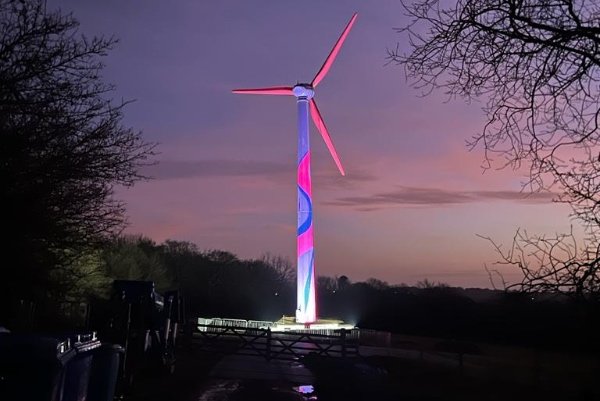Drought: ‘a major problem’
This isn’t the first time butterflies have been affected by drought in the UK. Data gathered by the UKBMS reveal serious negative impacts of droughts on butterflies in 1976 and 1995.
Some species never recovered their former abundance levels after the 1976 drought, although habitat destruction is likely to be a major factor in their failure to bounce back.
The drought in 2022 was different from that of 1976 in that nowadays most UK butterfly species are already in decline.
Butterfly Conservation’s recently published State of the UK’s Butterflies 2022 report revealed that 80% of butterflies have declined in abundance, distribution or both since the 1970s.
With droughts predicted to become more frequent and severe in the UK as climate change continues, some butterfly species may be pushed towards extinction.
‘Overall, the data for 2022 tells us that it was an average year for butterflies. However, it was a year of two halves with butterflies seen early and in about average total numbers (compared to the last 10 years) from April-July but then in greatly reduced abundance after the summer heatwave and drought.
‘In general, warm, sunny weather is good for butterflies as they can be active, finding food, mating and laying eggs. But drought is a major problem as plants wither and die, meaning female butterflies may struggle to find anywhere to lay their eggs, or there is not enough food for the caterpillars when they hatch.
‘The knock-on effect is fewer butterflies in the following generation. We have already seen an indication of this in the 2022 data for some of those species with a generation that flies in late summer and autumn, and sadly we can expect to see a decline in numbers of other species in 2023 too.’
DR RICHARD FOX
Butterfly Conservation’s head of science
Butterfly conservation
The meticulously gathered UKBMS data show that, despite these concerns, 2022 was a good year for some species, including purple emperor, large blue, chequered skipper and dark green fritillary, all of which have been the focus of targeted conservation work over the last few years.
However, scientists issued a word of caution, as we have yet to see the result of the drought on these species because the next generation will not emerge until this summer.
There is much work to be done to conserve threatened species of butterfly in the UK, and the UKBMS data help target those species most in need of conservation work.
Butterfly populations fluctuate naturally from year to year, largely due to the weather, but the long-term trends of UK butterflies are mainly driven by human activity, particularly the deterioration of habitats due to inappropriate management and pollution, and climate change.
Conservation efforts can make a real difference to local populations and working on threatened species in key landscapes to deliver nature recovery is a priority.
 Play Video about This Rock Might Just Save The World
Play Video about This Rock Might Just Save The World Play Video about Play 2 hours of rock
Play Video about Play 2 hours of rock Play Video about Play 2 hours of brook
Play Video about Play 2 hours of brook Play Video about Play 2 hours of sheep
Play Video about Play 2 hours of sheep















































